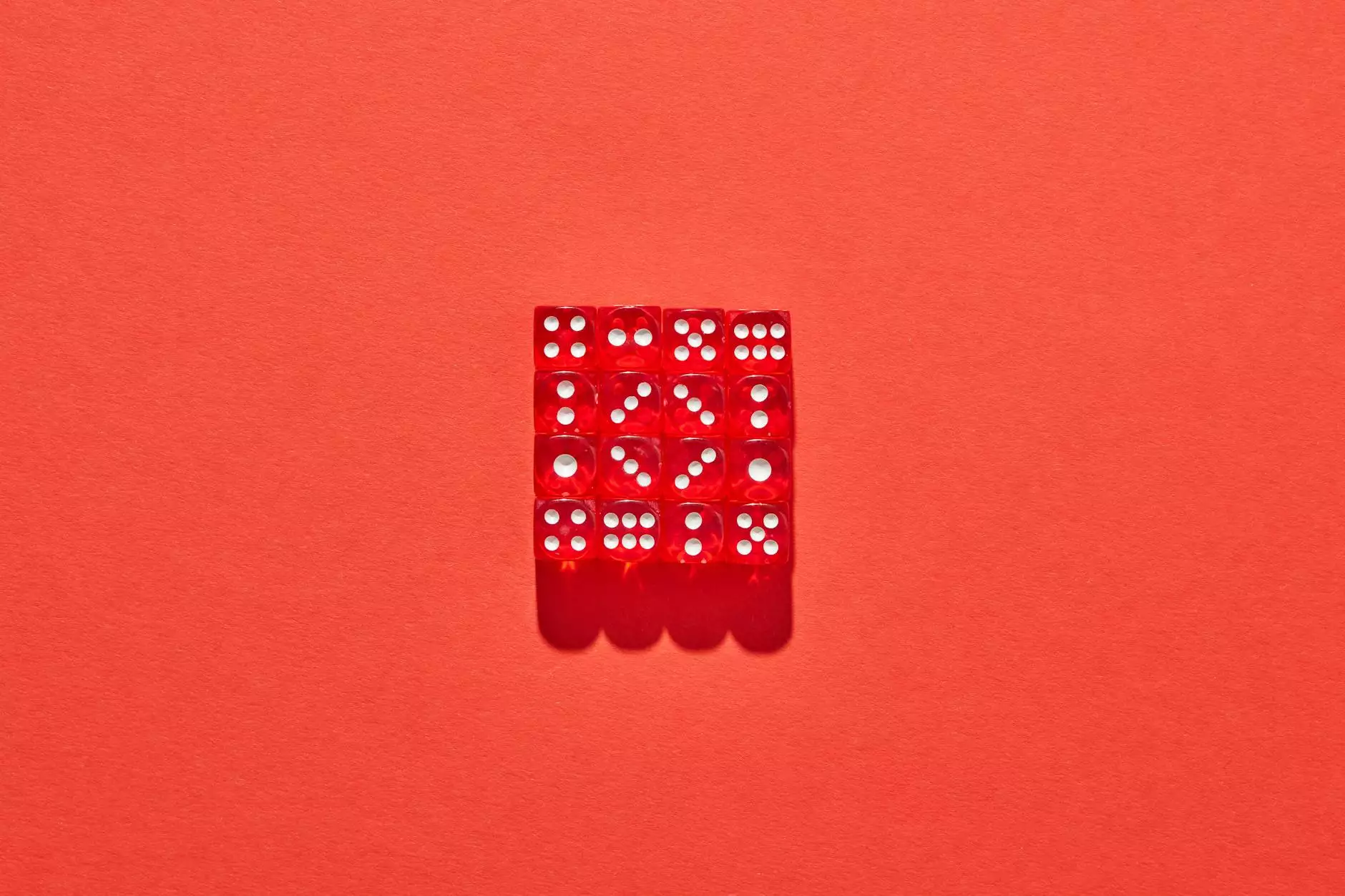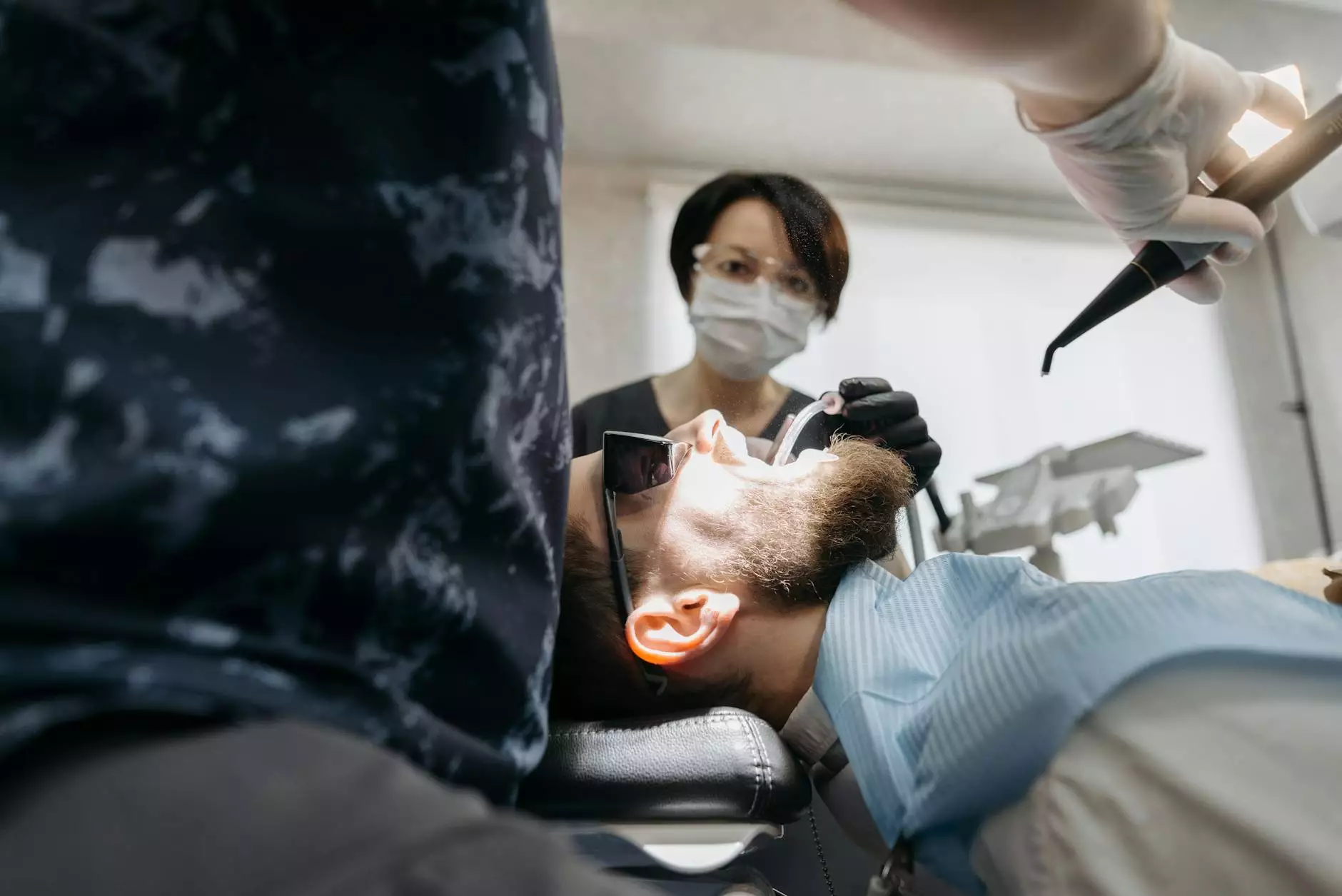The Vital Role of a **Fibroid Surgeon** in Women's Health

Uterine fibroids are noncancerous growths that can significantly affect a woman's quality of life. Understanding the role of a fibroid surgeon is crucial for women dealing with symptoms such as heavy menstrual bleeding, pelvic pain, and pressure on surrounding organs. This article delves into the expertise of fibroid surgeons, the importance of their work, and the treatment options available for those suffering from fibroids.
What Are Uterine Fibroids?
Uterine fibroids, also known as leiomyomas or myomas, are benign tumors that develop in the muscular wall of the uterus. They can vary in size, number, and location. Some common types of fibroids include:
- Intramural Fibroids: These develop within the uterine wall and are the most common type.
- Subserosal Fibroids: These form on the outer layer of the uterus and can grow large.
- Submucosal Fibroids: These protrude into the uterine cavity and can cause significant symptoms.
- Pedunculated Fibroids: These are attached to the uterus by a stalk-like structure.
Symptoms of Uterine Fibroids
Many women with uterine fibroids experience minimal or no symptoms; however, for others, fibroids can lead to various issues. Common symptoms include:
- Heavy Menstrual Bleeding: Excessive bleeding during periods is a hallmark symptom.
- Pelvic Pain: Fibroids can cause chronic pelvic pain or discomfort.
- Pressure Symptoms: As fibroids grow, they can exert pressure on the bladder or rectum, leading to frequent urination or constipation.
- Infertility: In some cases, fibroids can impact fertility and the ability to carry a pregnancy to term.
The Importance of a Fibroid Surgeon
A fibroid surgeon specializes in diagnosing and treating uterine fibroids. Their expertise is vital for women experiencing symptoms that impact their daily lives. Here, we explore why seeking the help of a fibroid surgeon is essential:
Accurate Diagnosis
One of the primary roles of a fibroid surgeon is to provide an accurate diagnosis. They utilize advanced imaging techniques such as:
- Ultrasound: A non-invasive method to visualize the fibroids.
- Magnetic Resonance Imaging (MRI): Offers detailed images of the uterus and fibroids' size and location.
- Hysteroscopy: A procedure that allows direct visualization of the uterine cavity.
Customized Treatment Plans
Every woman's experience with fibroids is unique, and a qualified fibroid surgeon creates a customized treatment plan based on individual symptoms, health status, and reproductive goals. Treatment options may include:
- Medications: Hormonal treatments to shrink fibroids or alleviate symptoms.
- Minimally Invasive Procedures: Such as Uterine Artery Embolization (UAE) to block blood flow to fibroids.
- Myomectomy: A surgical procedure to remove fibroids while preserving the uterus, essential for women wishing to conceive.
- Hysterectomy: Complete removal of the uterus, recommended for women who do not wish to have children in the future.
Advanced Treatment Techniques by Fibroid Surgeons
Fibroid surgeons employ cutting-edge techniques to ensure patient safety and quick recovery. Here are some advanced treatment options they may perform:
1. Laparoscopic Myomectomy
This minimally invasive surgical procedure involves removing fibroids through small incisions using a camera and specialized instruments. Advantages include:
- Reduced recovery time
- Less postoperative pain
- Minimal scarring
2. Robotic-Assisted Surgery
Robotic-assisted surgery provides surgeons with enhanced precision in performing myomectomies. This technology allows for:
- Enhanced visualization of surgical sites
- Greater dexterity with surgical instruments
- Shorter hospital stays and faster recovery times
3. Uterine Artery Embolization (UAE)
A non-surgical procedure that treats fibroids by cutting off their blood supply. Key benefits of UAE include:
- Preservation of the uterus
- Brief recovery period
- Effective reduction in fibroid size and symptoms
Post-Treatment Care and Follow-Up
Following treatment, patients under the care of a fibroid surgeon should adhere to a post-treatment care plan to ensure optimal recovery. This plan may include:
- Regular follow-up appointments to monitor recovery and any potential recurrence of fibroids.
- Guidance on lifestyle modifications, including diet and exercise, to promote healing.
- Information on symptom management and when to seek further help.
Choosing the Right Fibroid Surgeon
Selecting an experienced fibroid surgeon is crucial for successful treatment. Here are some tips on how to choose:
- Check Qualifications: Ensure the surgeon is board-certified in obstetrics and gynecology.
- Experience: Look for a surgeon with extensive experience specifically in treating fibroids.
- Patient Reviews: Read testimonials and reviews from other patients to assess their satisfaction.
- Consultation: Schedule a consultation to discuss your specific case and evaluate the surgeon's approach.
Conclusion: Empowering Women's Health Through Expertise
Uterine fibroids can have a profound impact on a woman's health and quality of life. The role of a fibroid surgeon is indispensable in offering the necessary care and treatment options for women navigating this health challenge. With advancements in medical technology and personalized treatment plans, women have access to effective solutions to manage their symptoms and regain control over their health.
For anyone experiencing symptoms of fibroids, seeking the expertise of a qualified fibroid surgeon like those found at drseckin.com could be a transformative step towards better health and well-being.



